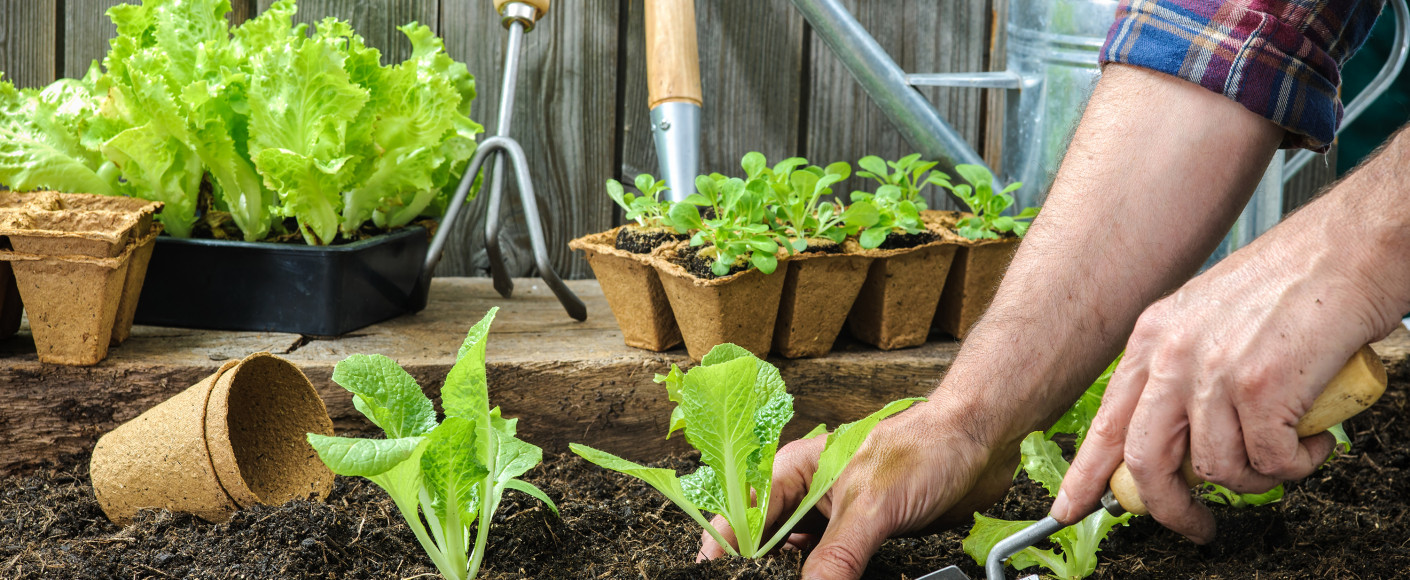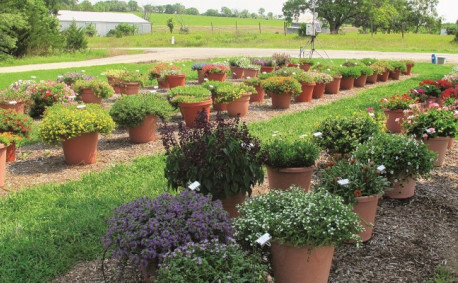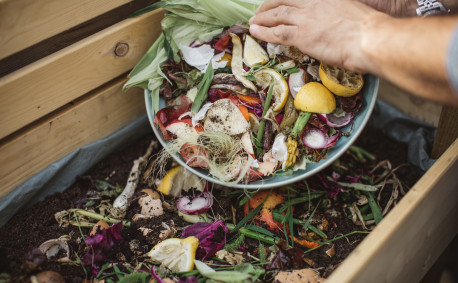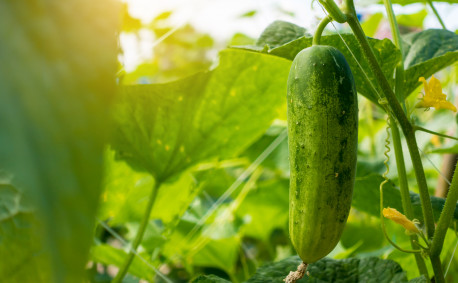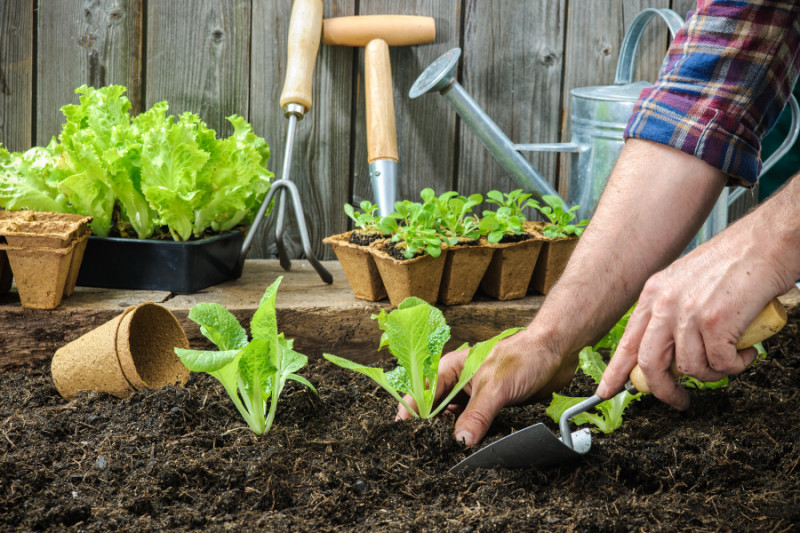Gardening for Beginners
If you’ve ever stared at your neighbor’s garden with envy but felt overwhelmed at the thought of starting your own, you aren’t alone! Luckily, there are plenty of ways to easily dip your toe — or thumb — into the world of gardening. Get started with some of the simplest foods to grow at home and check out a few tips every beginner needs to know.
What Fruits and Veggies are Easy to Grow at Home?
Carrots
- Where to plant: outdoors in loose soil, preferably where they’ll get direct sunlight. Space the carrot seeds at least one and a half inches apart from each other.
- When to plant: early spring.
- How to care: regularly. Seeds will need one to two inches of water weekly, and daily watering will help them grow faster if you have the time.
Green Onions
- Where to plant: indoors in a jar. Cut off the white bottom part of your leftover green onions, and make sure to keep the roots intact. Place the stems vertically in a glass or jar filled with water (white sides at the bottom). Roots should be covered by water, but the top of the stem should poke above.
- When to plant: when you have green onion scraps handy.
- How to care: by protecting the roots. Make sure the roots stay under water and replace the water in your container once a week. You can either use the green onions as they sprout, then continue this cycle in a loop to keep producing new food, or you can plant your stalks in a pot filled with soil. If you pot your green onion, the plant will continue to grow after you cut off the tops to use.
Lettuce
- Where to plant: outdoors in loose soil, preferably free of rocks. Seed spacing depends on the kind of lettuce you’re growing:
- Loose-leaf: four inches away from each other
- Romaine: eight inches away from each other
- Firm-head: 16 inches away from each other
- When to plant: spring or fall.
- How to care: with plenty of water. Lettuce plants are thirsty! Make sure they get plenty of water, and keep an eye out for wilted leaves, a sign of dehydration. You also need to look out for “bolting” — when lettuce plants get too much sun and drastically shoot up in an effort to produce more seeds before they die. This fast growth isn’t a good sign, it will lead to bitter veg and a dead plant. If you fear the plant may be getting too much sun, use a cloth to provide shade.
Tomatoes
- Where to plant: indoors in a small pot.
- When to plant: during a sunny season.
- How to care: by making their pot hospitable. Keep the seeds nice and cozy by making sure their home is always around 75 to 85 degrees. Once the seeds start to sprout (in 5 to 10 days), move the pot to a sunny window. When your plants grow to about three inches tall, it’s time to move them to a bigger space. This larger pot or bucket should hold at least five gallons of soil to keep your tomatoes nice and happy.
Find advice about how to grow other veggies in Kansas here.
How Do I Choose a Space for My Home Garden?
Ensuring your plants have a hospitable home is key to their success, and there are a few factors to consider before putting down roots. If you’re growing indoors, make sure to put your pots in a spot where they get plenty of sunlight. And if you’re venturing outside, consider putting your garden where it will be shielded from wind. A good drainage system is also important — excess water can lead to mold, which is anything but appetizing.
What Are Some Best Practices for Gardening at Home?
No matter what you’re growing, there are some tried and true tips for just about any kind of garden:
- Protect your plants from bugs and other pests. If needed, you can add a mesh netting to keep the unwanted visitors away.
- Keep the weeds out! We know this is a no-brainer, but weeds don’t just kill your plants, they can attract additional pests, too, so make sure to clear them out often.
- Watch your plants diligently. You may be able to spot potential problems long before they mean permanent damage. Be on the lookout for overwatering, pests, weeds, too much sun exposure, dehydration and other fixable issues.
Looking to dig deeper into gardening? Read more in this free Kansas Garden Guide from Kansas State University.
We can feel your thumb getting greener already! Now that you have a few basics under control, we hope gardening seems less intimidating and more exciting. What are you planning to plant first? Let us know on social media — we’d love to see your budding inspiration.

